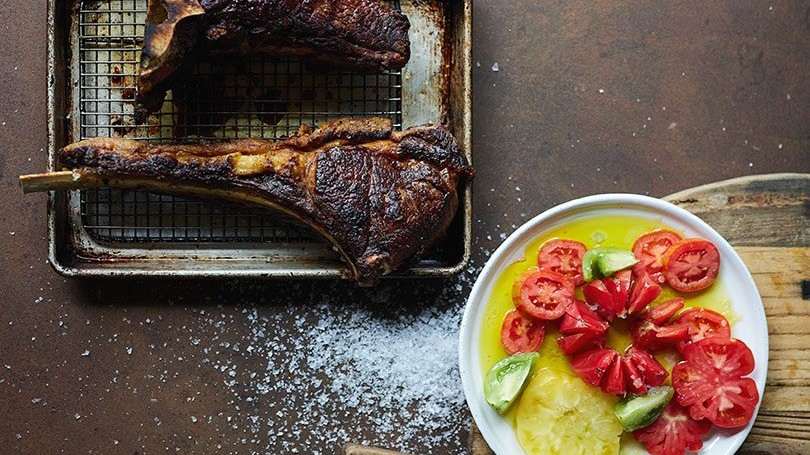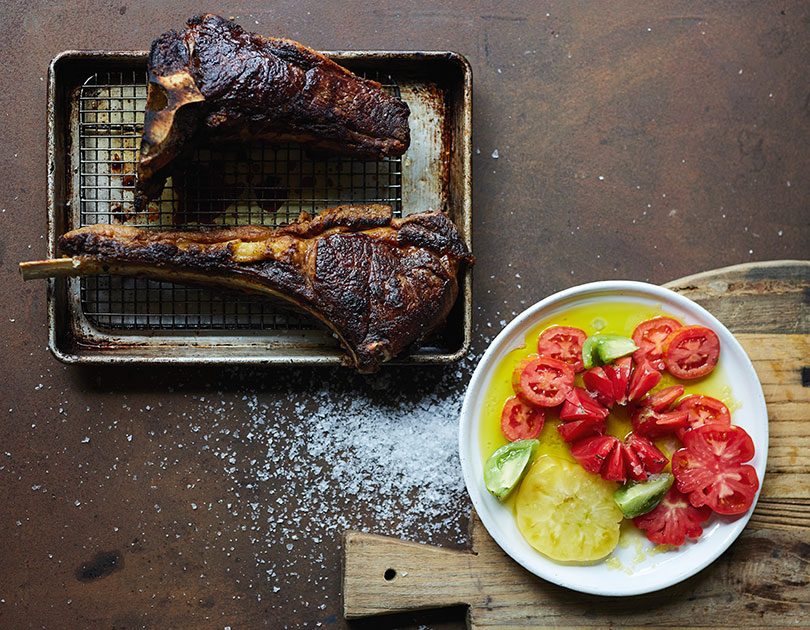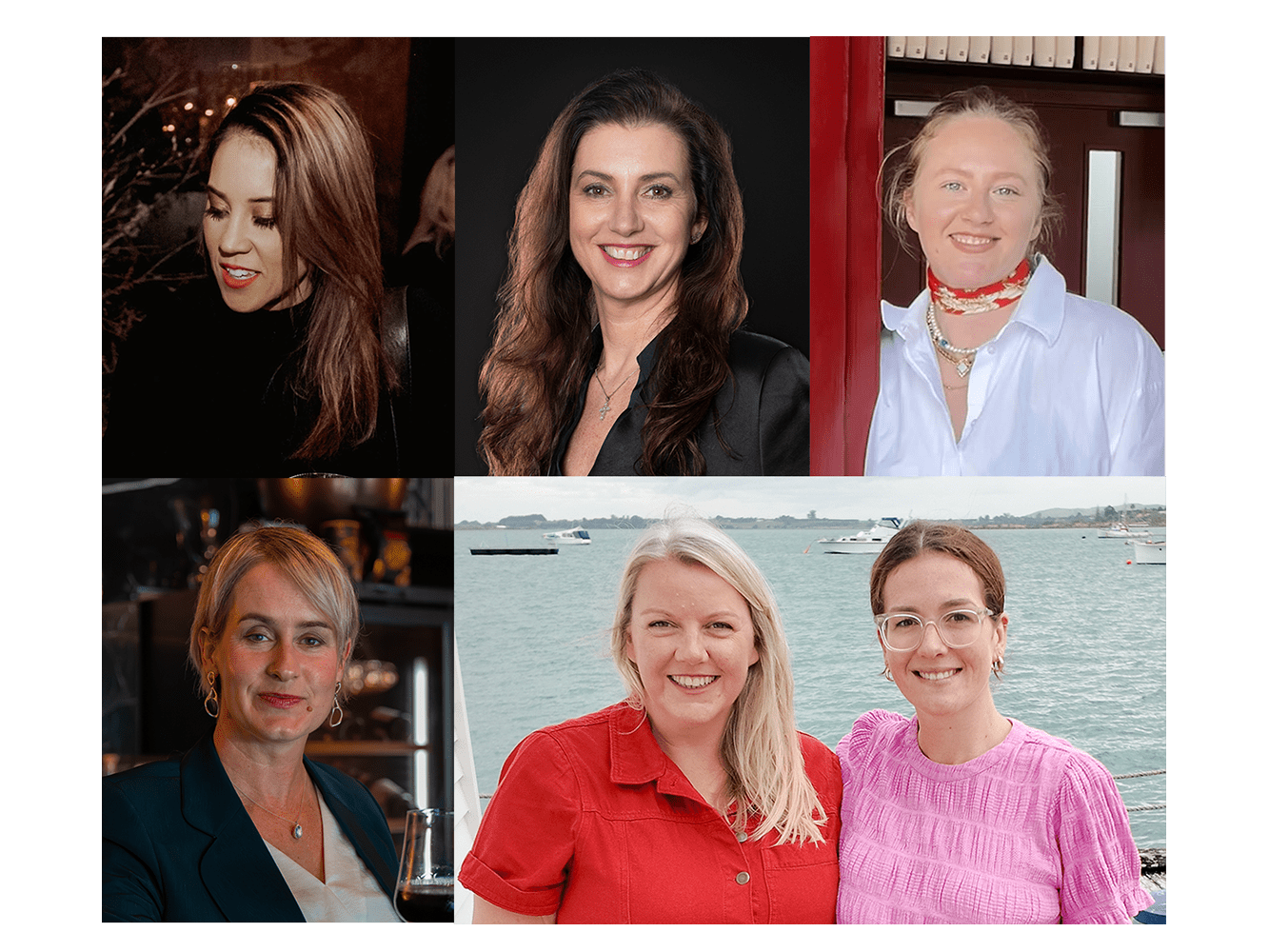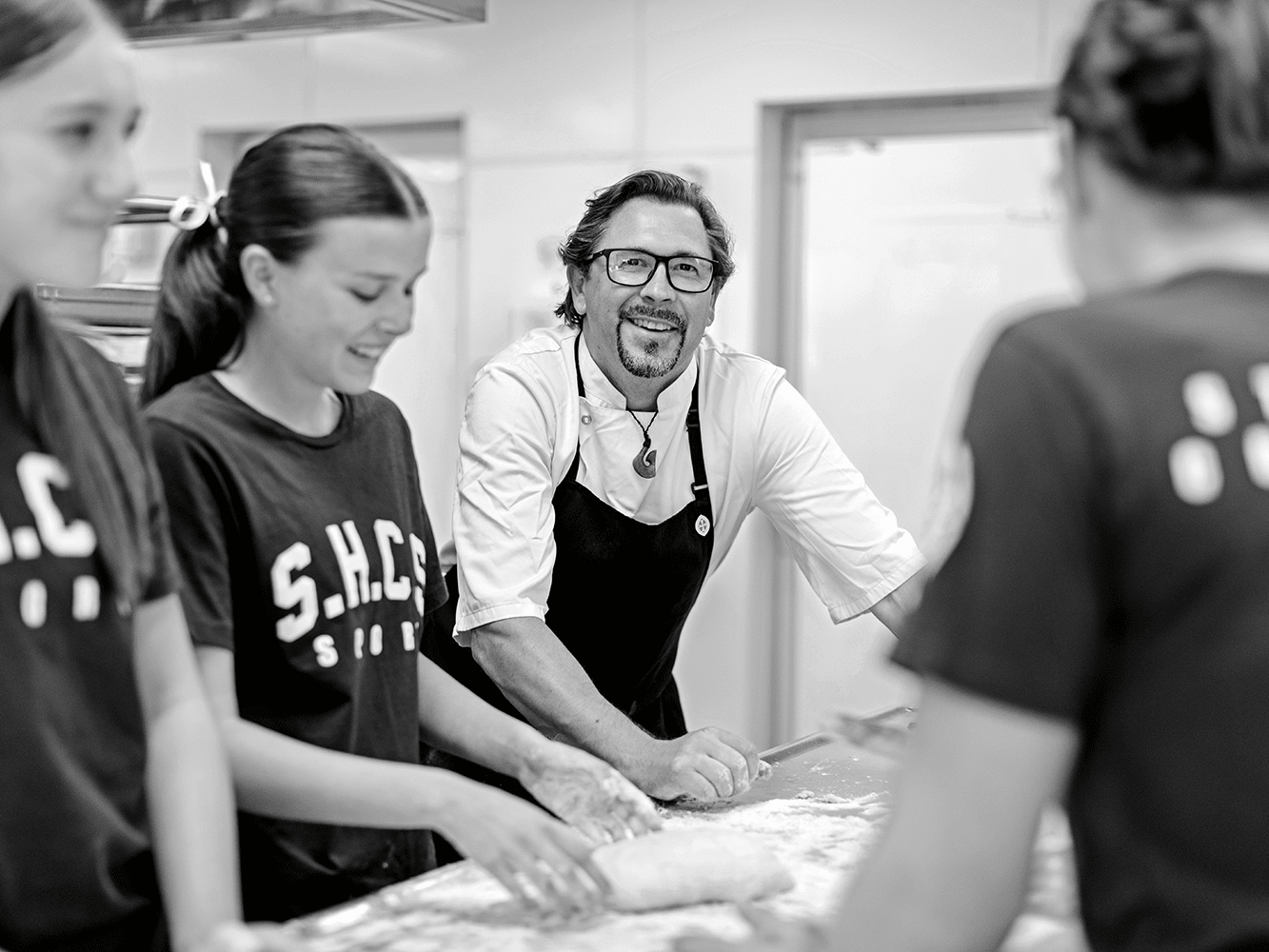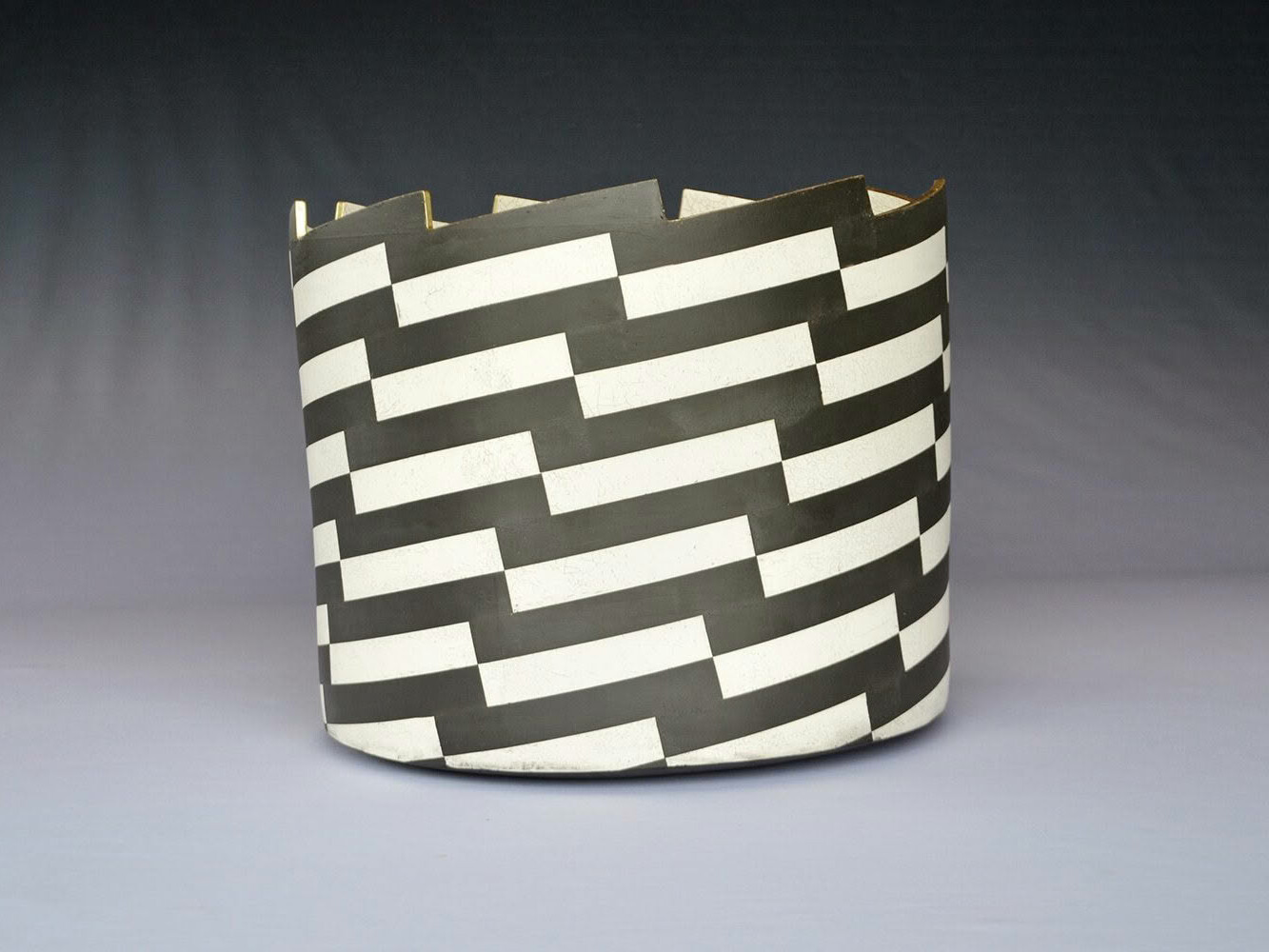This is a tale of three men and a working girl. It has all the pathos and emotion of a Shakespearean sonnet, the drama of a well-made British crime series and an ending that is both sad and happy – neither of which will please vegans.
The story begins about 10 years ago with a conversation between chef Sean Connolly, who was then the boss of The Grill, a fancy meat restaurant in the Sky City complex in Auckland, and Simon Eriksen, Connolly’s supplier from Neat Meat. Connolly is a passionate and tenacious innovator. He loves to try new things, bringing initiative to the tables of every restaurant he works with. He had been harbouring an idea for a while and during the course of their chat he shared his thoughts with Eriksen.
“New Zealand dairy farmers are among the most efficient dairy producers in the world, right? That is their core focus. But they don’t pay much attention to finishing the cow, to making it even more useful.”
Connolly pointed out that dairy cow meat has long been enjoyed in both homes and restaurants in other countries. “Eating dairy cow has been happening in Europe for centuries, so I’ve never understood why we couldn’t do the same in New Zealand. There seems to be a stigma around the idea of it. So many people have laughed at me or scoffed at the idea.”
At first Eriksen, too, thought the idea was bonkers. Kiwis don’t eat milking cows. Why would they when they have easy access to some of the best beef in the world?
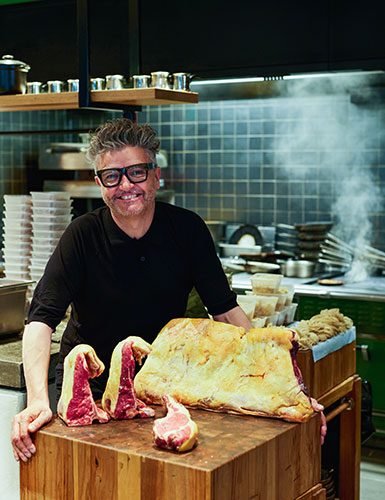
So, Connolly pointed out that while Kiwis are great innovators, sometimes they are a bit slow to the party. “It was only 20 or so years ago that we saw the first Angus brand when it had been around the world for hundreds of years. I really think the time has come for us to be taking older meat to the table.” Finally the pair agreed that there wasn’t much experimentation in this space so making dairy cattle edible would be a great story for New Zealand food innovation.
Serving meat from older cows is most firmly entrenched in the Basque region of Spain where many Michelin-starred restaurants serve it as a regular option. Connolly’s own inspiration, he says, comes via a similar trend for Spanish Galician beef which has been served at the likes of London’s Chiltern Firehouse.
During that initial discussion between Connolly and Eriksen they talked about how to deal with the possible challenges of making dairy cow meat accessible to New Zealand restaurants. Where would chefs get their dairy meat? How could they be sure a dairy cow carcass would deliver enough meat to cover production costs? How would diners react to being offered meat from an older, retired milker as an alternative to highly marbled grass-fed prime beef cattle?
Eriksen, emboldened by Connolly’s enthusiasm and sensing a whole new market, decided to take the bull by the horns so to speak and do some further digging.
This is where our third bloke enters the tale, as Eriksen turned to Grant Bennett. Bennett is a farmer and butcher and no stranger to quality meat. At his mixed beef and dairy farm, Totara Hill in the Tararua Ranges, he runs Speckle Park cattle which are recognised for producing high marbling genetics. His herd has the highest marbling genetic score for bulls in New Zealand –Bennett’s cattle are premium beef in their own right.
Bennett is a passionate farmer and an avid protector of his animals. He treats them carefully, forming strong attachments along the way. He is acutely aware that we need these animals and the milk they produce. He knows that over time we take a lot from them. Bennett believes that it’s only right therefore that we should respect life after dairy, and thinks farming as an industry needs to give more thought to how dairy and beef complement each other.
Bennett liked Eriksen’s suggestion that the usefulness of the dairy cow can be extended and a new market created by placing them on the plates of high-end eateries rather than sending them off to be ground down into low-quality ground beef. He saw this pathway as a means to better honour the contribution dairy cows have made during their lifetime.
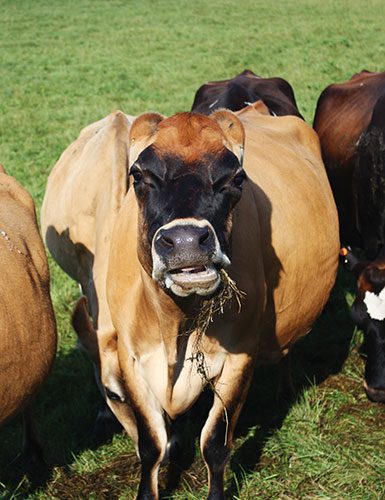
So now we have a chef, a meat distributor and a farmer all agreeing that using retired dairy cows as a source of high-quality restaurant beef ticks a lot of boxes. All three knew there was a long way to go before this could be considered a viable business proposition. Undeterred the three hatched a plan, starting with a pilot study.
And this is where we meet the fourth character of our tale.
At the time, #424 was a 12-year-old retired milk producer living in the Wairarapa. This is a ripe old age for a dairy cow, most are much younger when they are slaughtered. She was Bennett’s nominee; he had a soft spot for #424 and knew her vitals very well. For instance, he calculates she had walked in excess of 11,000km over the course of her life and by the end of her career as a dairy cow had delivered around 4,200 litres of milk per year as well as 390kg of milk solids annually. She has had 10 live calves equating to 300kg carcass weight going back into the meat industry each year. So, #424 knew her way around a paddock, but could she taste good?
Having selected the old girl for a more gracious ending than most of her peers, they put her into a ‘meat retreat’ where she enjoyed a paddock to herself with the best feed available. Generally with beef the meat is ready once the cow is fully grown, but given #424 has been fully grown for some time, all the extra feed went into her conditioning.
In December 2022, a few of us were invited to Esther at QT Auckland, Connolly’s current New Zealand flagship. There she was, #424 lying splendidly on a butchery slab, posed like an artist’s model: the atmosphere was respectful and a surreptitious tear was shed as farmer Bennett gave her a gentle, respectful caress. Such sentiment was understandable, as here lay one of his girls, someone he had come to know so very well over her lifetime.
A little under an hour later, #424 was returned to us as beautifully cooked, succulent cuts of meat that had Farmer Bennett – bless him – decreeing that it was the best beef he has ever tasted. The rest of us thought it was pretty damn good, too.
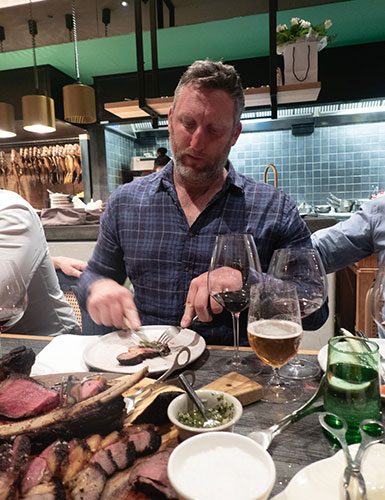
And so we come to the end of our tale. Sort of. There are further chapters that are still to be written.
Dairy cow is not yet a regular on restaurant menus but the dinner of #424 proved the potential. Connolly isn’t sure how it will go. He knows that adjustments to the cuts and the ageing process are crucial to achieve that high- flavour, high-satisfaction product that chefs and diners look for. Even then he’s not sure if the dining public will overcome entrenched mind-sets that say that dairy cows are designed for milking not eating.
What he is certain of is that this is not a flash-in-the-pan gimmick, no Pygmalion experiment. He’s very serious about making this work. He is also aware it will take clever marketing to convince consumers. But he’s good at that: selling the concept is all part of Connolly’s business. KERRY TYACK
SEE MORE FROM CUISINE
Inspirational Women in Food & Drink
New Zealand’s food-and-drink industry is filled with hardworking and…
We’ve Noticed…. Marcus Verberne
Cooking skills open up a world of different opportunities. From fine…
Design File / Mark Mitchell / Ceramic artist / Northland
In his Northland studio, Mark Mitchell crafts ceramic pieces that use…

